Relation
between “LCA Food Database” on Internet and in SimaPro
The present site provides input/output data on processes in the food sector (process data) and environmental data on food products (product data). The site is linked with a database in the LCA software SimaPro, for more details about SimaPro see here. The present page seeks to illustrate how the two resources are related. Getting access to the database in SimaPro is described here.
The instructions focus on how data on a product or process can be found in SimaPro or on this site and how to navigate between SimaPro and this site. First the process data will be illustated and then the product data will be illustrated.
Please be aware that the Simapro database will be updated more frequently than the data presented in HTML format on this web-site. Therefore, you may find small differences in the emissions and impact values from som products and processes when comparing results from the Simapro database and the HTML pages presented here. If you are a professional user we therefore recommend to download the updated Simapro database and use these processes following the instructions in this page.
Process data can be found in the process mode of the
Internet database by clicking “go to processes” in the lower corner of
the left frame. Data on for instance “bread baking” can be found by clicking
“industrial processing” and clicking “bread baking” under “Cereal industry”.
See Figure 1.
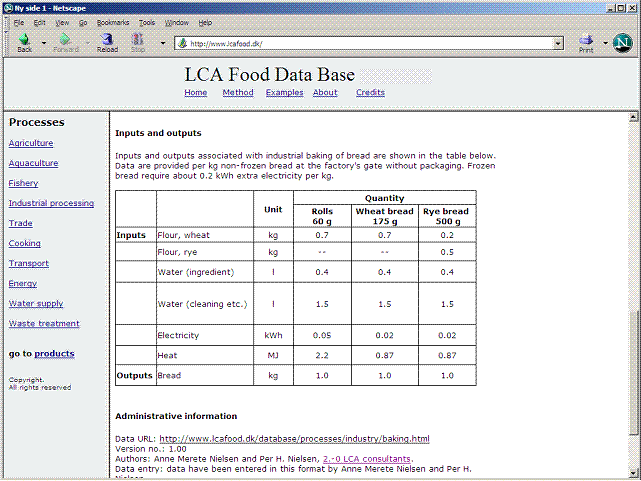
Figure 1: Screen-dump from the Internet database.
The site is in process mode and data on “bread baking” has been selected.
Figure 1 shows data on “Industrial
baking of bread”. In the SimaPro database the same data can be found by
clicking “View” on one of the bread types in “Food from industry”/ ”…from
bakery and mill” in “Material”, sub-category of “Processes” (see Figure
2) and selecting the “input/out” tab as shown in Figure 3.
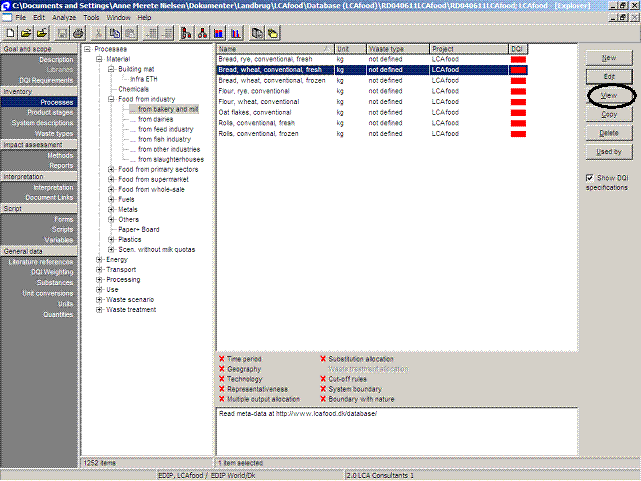
Figure 2: Where to find data on bread baking processes
in SimaPro. Select the name of the output from the process, and click
“View”.

Figure 3. Select “input/output” tab to get access
to process data on fresh wheat bread in SimaPro. Compare with data in
Internet database in Figure 1.
By clicking the documentation tab in SimaPro, the names of the persons responsible for data set will appear and a link to the Internet database for data documentation (meta data) is provided.
In
Figure 3 the data is divided into different categories,
- Known output to technosphere. Products and co-products: Product(s) produced in the process.
- Known output to technosphere. Avoided products: Products that are not produced because of the process (se more information here)
- Known inputs from nature (resources): Inputs direct from nature
- Known input from technosphere (materials/fuels): Input to the process like water, traction, live stock feed etc.
- Known input from technosphere (Electricity/heat): Electricity and natural gas input
- Emissions to air: Emissions from the processes to the air
- Emissions to water: Emissions from the processes to the water
- Emissions to soil: Emissions from the processes to the soil
- Known outputs to technosphere. Waste and emissions to treatment: Waste outputs that need further treatment, like waste water.
SimaPro is an LCA-tool which can be used to calculate
environmental impacts from products by summarising emissions from all
processes in the products’ product chains and translate them in to environmental
impacts (see method). The
product mode of the Internet database (click products in lower corner
of left frame) is based on such calculations in SimaPro and provides results
for a selection of products. Each data sheet provides an overview of the
most important processes in the product chain (see Figure 4) and data
on environmental impacts per kg product (see Figure 5).
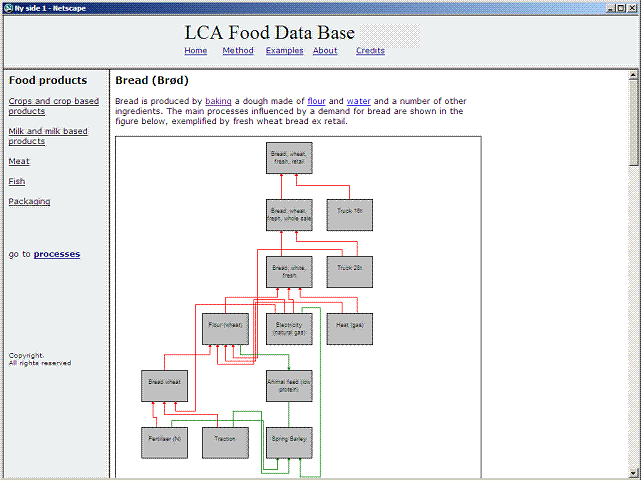
Figure 4. The network of the processes contributing
more than 3 % to global warming from bread bought in the supermarket.
The network is produced by modelling in SimaPro and copied into the Internet
database for illustration.
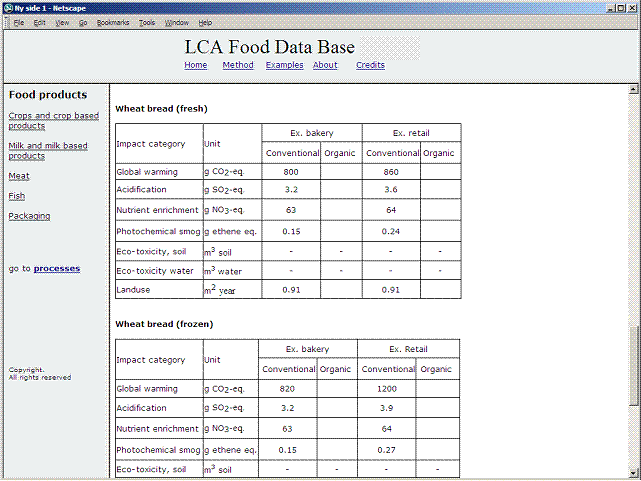
Figure 5: Contributions to different impact categories
from one kg of different kinds of bread as calculated in SimaPro and reported
in Internet database.
Process networks as illustrated in Figure 4 are determined
by clicking “Network” in SimaPro and the environmental impacts are determined
by clicking “Analyze”. See Figure 6.
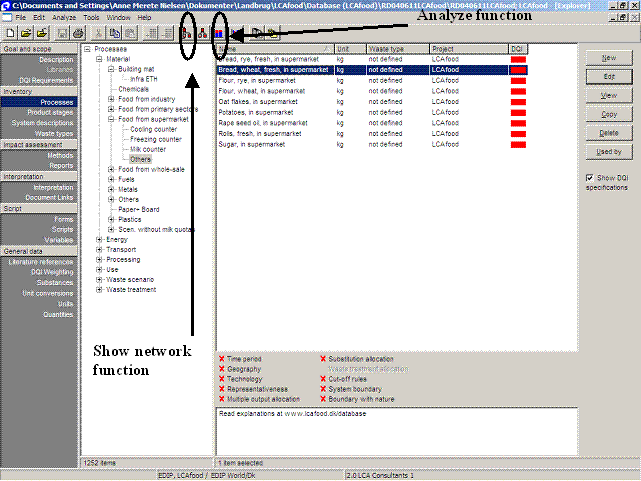
Figure 6: Click on “Network” to reveal the network
of processes behind the selected product or click “Analyze” to calculate
environmental data for the whole product chain of the selected product.
The network can be adjusted to specific purposes by selecting
certain impact categories and cut-off criteria as illustrated in Figure
7. By clicking the right mouse button while the cursor is on the diagram,
the level of details about processes in the network can be selected. Material
flows between processes can be read in the lower right corner for the
selected process marked with blue.
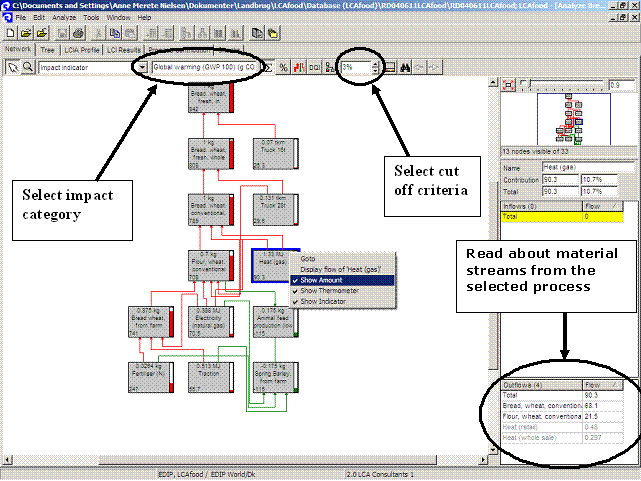
Figure 7: Illustration of functions in the
network in SimaPro
Environmental impacts per kg of wheat bred ex retail (at the gate of the supermarket) is reported in SimaPro as shown in Figure 8. Data can be viewed in "chart-mode" or "table-mode".
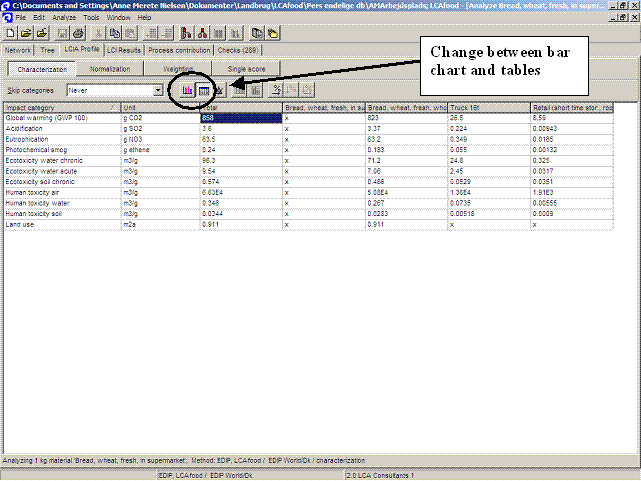
Figure 8: Environmental impact per kg of bread at
the gate of the supermarket as reported in SimaPro. Data have been copied
into the Internet database as shown in Figure 1.